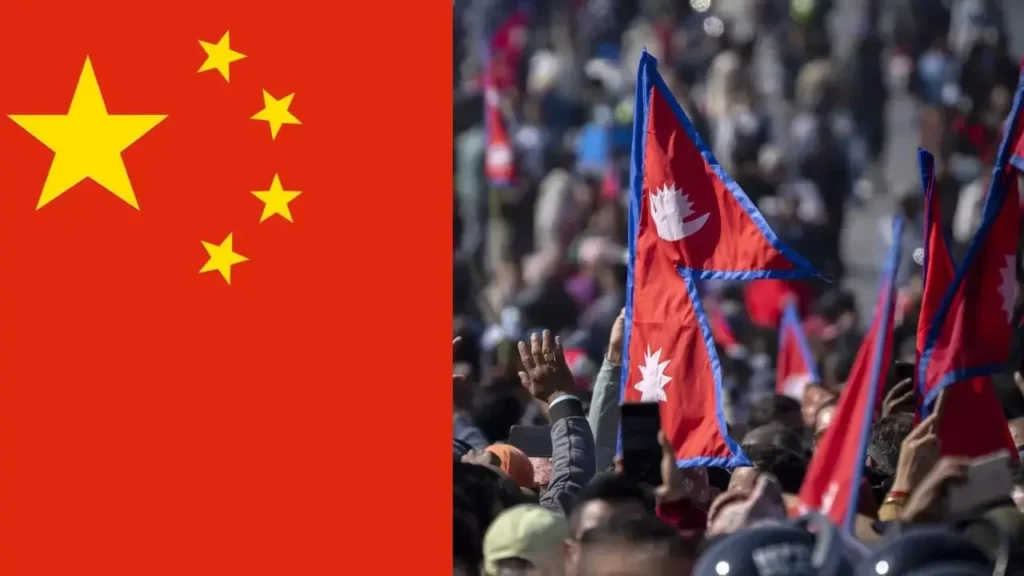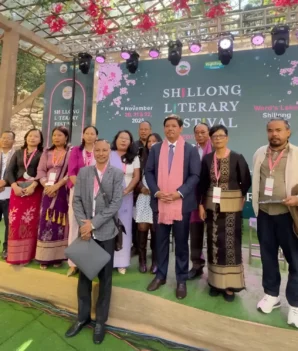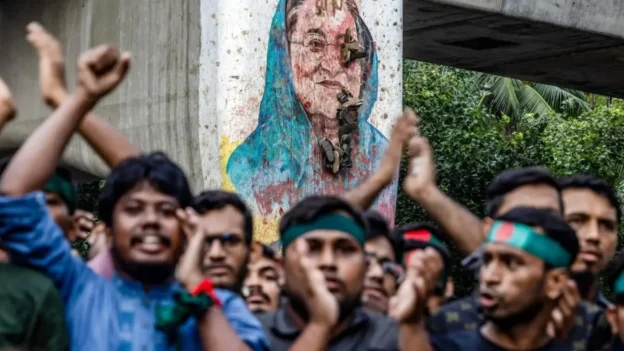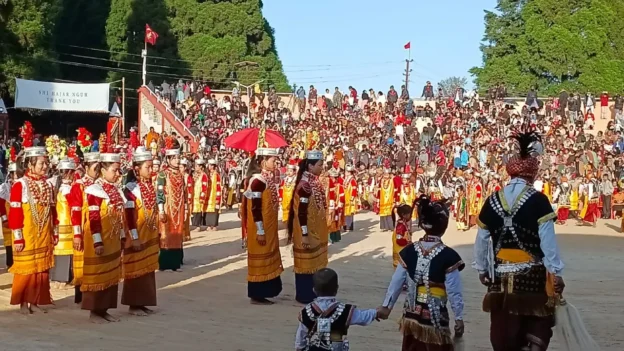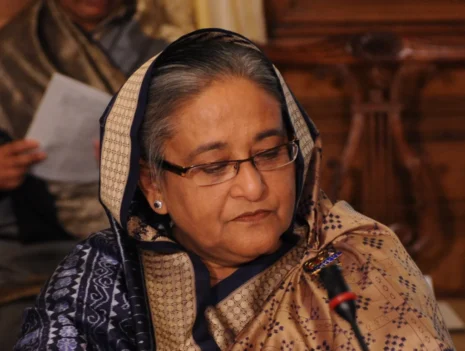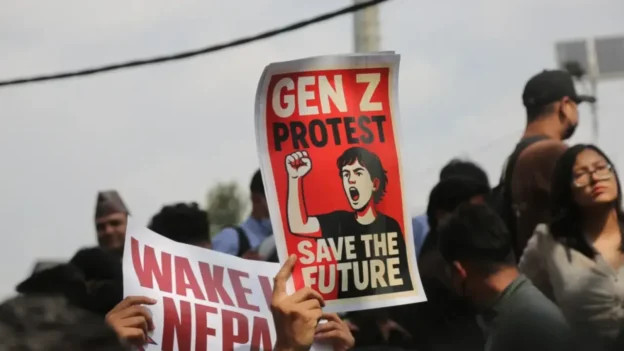The dramatic collapse of Nepal’s government in September 2025 following unprecedented youth-led protests has exposed a troubling pattern of Chinese influence that extends far beyond traditional diplomatic channels. While ostensibly triggered by a social media ban, the underlying fury driving Nepal’s Gen Z uprising stems from deep-rooted corruption enabled by decades of opaque Chinese investments and political interference—a pattern that has similarly destabilized South Asian politics from Kathmandu to Colombo.
The Rise of the “Nepo Kids” and Chinese Complicity
The protests that toppled China-friendly Prime Minister K.P. Sharma Oli’s government began as outrage against the lavish lifestyles of “Nepo Kids”—children of politicians flaunting luxury abroad while ordinary Nepalis faced 20% youth unemployment. What emerged from social media investigations was a web of corruption directly linked to Chinese infrastructure projects and political patronage networks.
Chinese-language sources reveal Beijing’s strategic cultivation of corrupt Nepali elites. According to reports published in Mandarin version of the jingoistic Chinese state tabloid Global Times (Huanqiu Shibao), China’s engagement with Nepal transcends traditional infrastructure investment, extending to “multi-level approaches combining investment, technical help and soft power to merge its influence in Nepal”. This influence campaign has systematically targeted Nepal’s political class, with Chinese officials actively facilitating corrupt business dealings.
The most damaging revelation came from the Pokhara International Airport scandal, where a Nepalese parliamentary investigation uncovered “irregularities and corruption” worth nearly NPR 14 billion ($104 million) in the China-financed project. The corruption involved Chinese state-owned contractor CAMC Engineering systematically evading taxes, using substandard materials, and charging for incomplete work. Internal documents show CAMC “consistently dictated terms to maximize profits and protect its interests” while “systematically dismantling Nepali oversight”.
Beijing’s Political Interference Machine
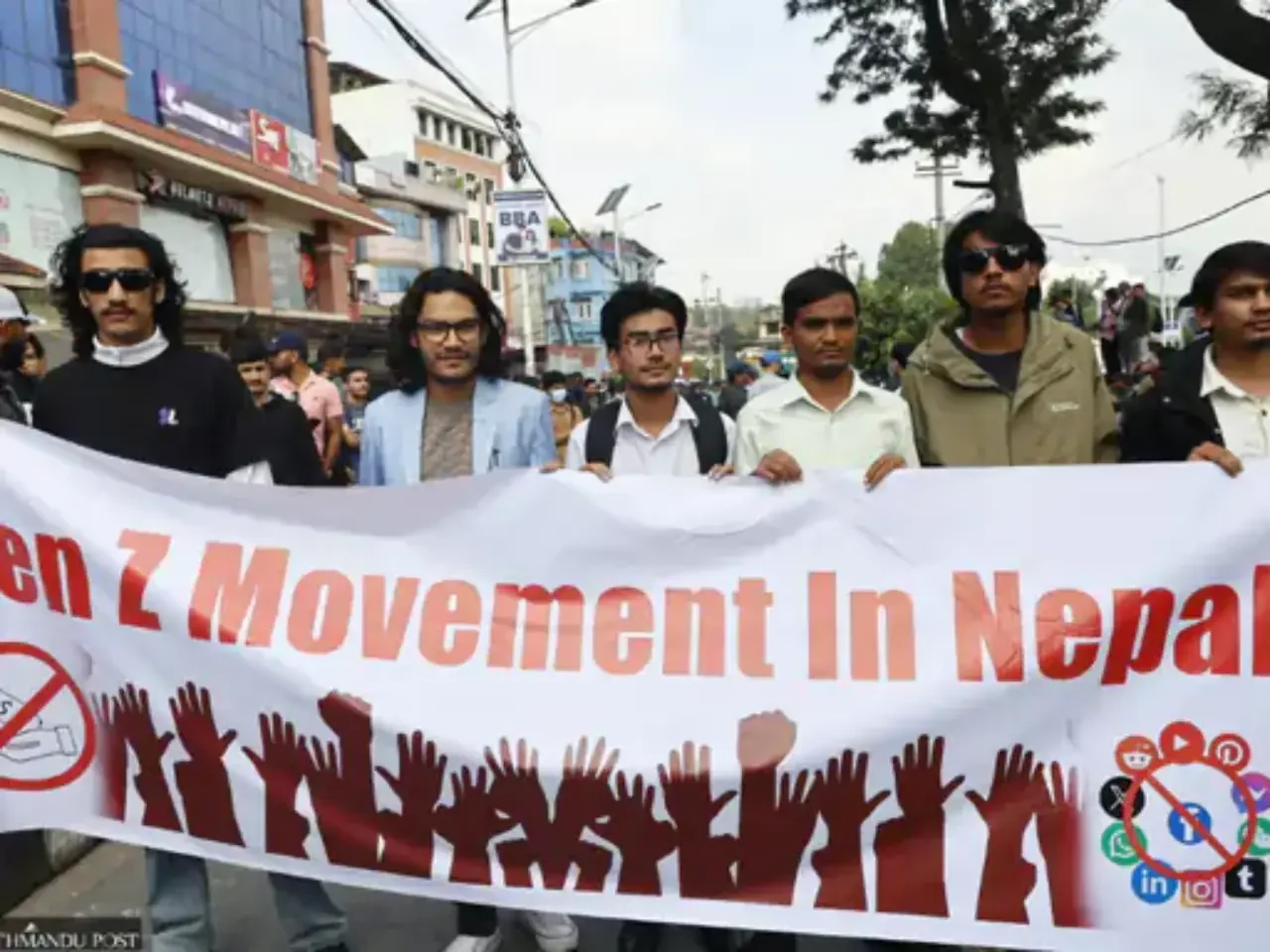
Chinese interference in Nepal’s domestic politics has been particularly brazen. As documented in French media analysis, former Chinese Ambassador Hou Yanqi has operated with “fire power” in Nepal, distributing scholarships and vaccines while meeting with political figures to promote the “Chinese model”. More significantly, China “intervened aggressively in Nepal’s politics and played a role in bringing the two communist parties, Maoist Centre and Unified Marxist-Leninist together” to create a Beijing-friendly government.
This political manipulation extends to economic coercion. When Nepal’s Communist Party faced internal divisions in 2021, China imposed unilateral trade blockades to pressure Kathmandu into maintaining its preferred political arrangements. Chinese strategy involves keeping “the Nepal Communist Party intact in order for the latter to remain in power, as the rift within the NCP could derail Beijing’s strategic and geopolitical calculations”.
Reports from Global Watch Analysis detail how China uses “corrupt leaders of economically weak countries to make inroads into those nations”. Former Prime Minister Oli allegedly maintained accounts in Geneva’s Mirabaud Bank containing $5.5 million, yielding substantial interest annually. These corrupt arrangements enabled Chinese companies to secure contracts without competitive bidding, including a $130 million telecom project awarded to Chinese firms Huawei and ZTE.
The Belt and Road Debt Trap
Nepal’s experience mirrors a broader Chinese strategy of using infrastructure debt to gain political leverage. Stimson Centre reported that Chinese aid to Nepal “has considerably helped close Nepal’s infrastructure gap” but comes with “opaque loan terms, hidden collateral and reports of silence over territorial encroachment”. The April 2025 corruption findings surrounding Pokhara Airport “underscore the country’s growing foothold in strategic infrastructure and the looming risks to its democratic autonomy”. Beijing’s involvement in Kathmandu’s hydropower sector is another area of serious concern.
Sri Lanka: The Precedent for Chinese-Enabled Collapse
The destabilizing impact of Chinese investments is evident when examining Sri Lanka’s parallel trajectory, where heavy reliance on Chinese financing for prestige projects resulted in economic distress. As in Nepal, Sri Lanka took on substantial Chinese loans for ventures like the Hambantota Port, which was funded by China’s Exim Bank at steep 6.3% interest rates—double the rates offered by the Asian Development Bank—with minimal economic return. When Sri Lanka struggled to service these debts, China secured a 99-year lease on the strategic port in 2017 via a “debt-to-equity swap,” while the country hurtled toward an economic collapse.
Recent actions highlight ongoing Chinese political involvement in Sri Lanka. The Chinese Ambassador’s public visit to Mahinda Rajapaksa underscores Beijing’s continued cultivation of influential political ties. Furthermore, a senior Chinese Communist Party official advised members of Sri Lanka’s ruling left party that retaining state power for at least 15 to 20 years is essential to implement meaningful change, as seen in China’s own approach; the Chinese delegation also offered expanded support and party training to entrench the left’s rule. These manoeuvres—along with the fallout of the 2022 protests driven partly by unsustainable Chinese debt—illustrate not only the economic impact but also clear evidence of Chinese political meddling and efforts to shape Sri Lanka’s governance trajectory for the long term.
The Bamboo Curtain’s Shadow
Chinese-language sources reveal the strategic thinking behind Beijing’s South Asian investments. People’s Daily online articles describe Nepal as crucial to China’s “community with a shared future” and emphasize the need for “strategic partnership of cooperation” that advances Chinese interests. Documents from the Chinese Academy of Social Sciences outline how think tank cooperation should “continuously provide policy recommendations and intellectual support for the development of bilateral relations”.
Most telling is Chinese media’s reaction to Nepal’s protests. China Digital Times reported that Chinese analysts viewed Nepal’s social media ban—modelled on China’s censorship playbook—as a “nightmare scenario for leaders in Beijing” when it backfired. The collapse demonstrated the “existential risk of relinquishing control” and the dangers when authoritarian tactics fail in democratic contexts.
The Wider Pattern of Destabilization
The evidence suggests Chinese investments in both Nepal and Sri Lanka follow a deliberate pattern: target corrupt elites, provide opaque financing for economically questionable projects, extract strategic concessions when debt service fails, and maintain political influence through compromised leaders. This approach has systematically undermined democratic institutions and governance in both countries.
In Nepal, Gen Z protesters explicitly recognized this dynamic, with demonstrators calling for investigations into Chinese corruption and demanding conversion of Chinese loans to grants. Their uprising represents a generational rejection of the political class’s complicity in Chinese influence operations.
Nepal’s Gen Z uprising has torn away the bamboo curtain concealing decades of Chinese political interference and economic manipulation. The protests revealed how Beijing’s infrastructure diplomacy serves broader objectives of political control and regional influence, often at the expense of recipient nations’ democratic institutions and economic sovereignty.
The parallel experiences of Nepal and Sri Lanka demonstrate that Chinese investments, when coupled with systematic corruption and political interference, can destabilize entire political systems. As both countries now grapple with the aftermath of Chinese-enabled dysfunction, their experiences serve as cautionary tales for other nations navigating Beijing’s expanding sphere of influence.
The ultimate lesson from Nepal’s mountains to Sri Lanka’s shores is clear: behind China’s promises of development lies a calculated strategy to exploit corruption, undermine democratic governance, and extract strategic concessions that serve Beijing’s hegemonic ambitions rather than genuine partnership. Until this pattern is acknowledged and countered, more South Asian democracies risk falling victim to the shadow cast by China’s bamboo curtain.

